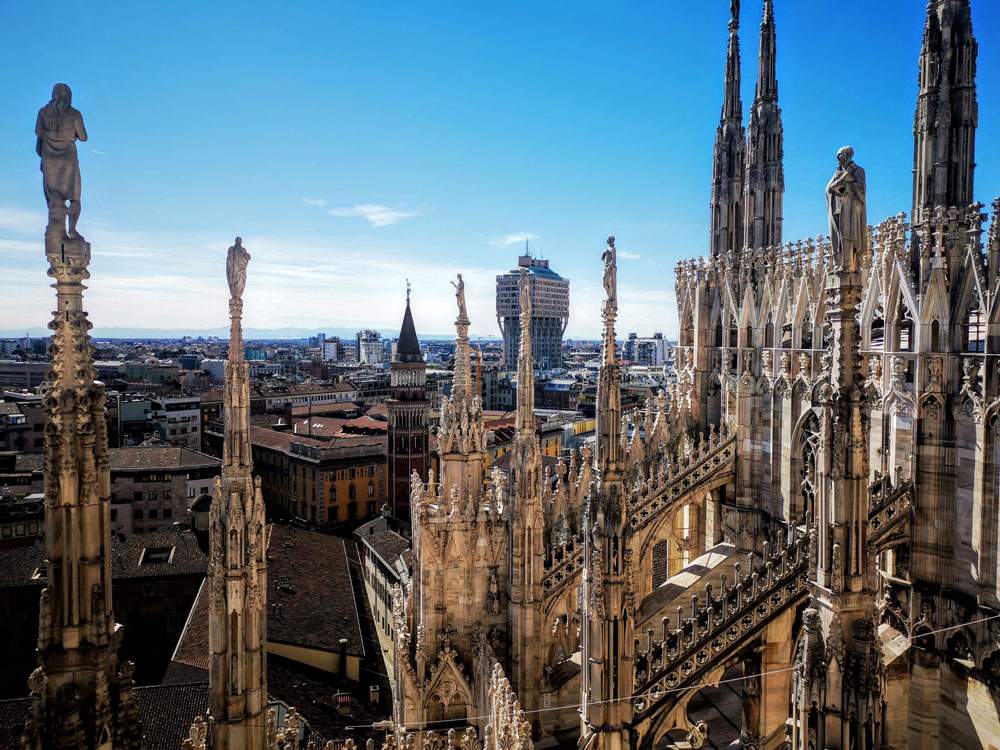Milan, toward the creation of four urban museum districts. Here is the strategic plan
The contents of the strategic plan 1 City, 20 Museums, 4 Districts, which envisages the creation of urban museum districts, have been approved, the Milan City Council announced in a note. The Council instructed the Culture Directorate to continue the study of the organizational and economic feasibility of the project, aimed at creating a new Milanese cultural management.
This envisions a reorganization of civic museums into four museum districts, located in four areas of the city with a wide range of museum offerings: the Piazza Duomo district, Sempione Park district, Giardini district, and Ansaldo-Tortona district.
To define the concept of a museum district, many technical studies have identified it as a strategy for innovative and integrated management of cultural policies in territories, combining exhibition offerings with urban, economic and social development strategies. “A museum district,” reads the draft strategic plan, “is an organizational model, applied within a defined and clear territorial area, that provides for the construction of relationships between different subjects, involved in the exhibition offer, in order to achieve improvements in internal operating standards and service quality, as well as in the relations of museums with the area they belong to and its social and economic infrastructure.”
According to the 1 City, 20 Museums, 4 Districts plan, four areas are identified based on the criterion of geographical proximity, within which twenty-three civic museums are to be included: Sempione (Castello Sforzesco, Archaeological Museum, Civic Aquarium), Duomo (Palazzo Reale, Museo del Novecento, Museo del Risorgimento, Palazzo Morando, Palazzo della Ragione, Studio museo Messina), Giardini (GAM, PAC, Natural History Museum, Planetarium, Casa Museo Boschi-Di Stefano, Palazzo Dugnani), Ansaldo (Mudec). The Ansaldo area also includes the special projects CASVA, Art in Public Spaces, House of Memory, Networks and Cultural Cooperation.
The objective is twofold: on the one hand to make the civic museum system more efficient outwardly thanks to an integrated city cultural offer ance with the non-civic cultural institutes in the districts, and on the other hand to reorganize the directorates internally to ensure better performance of internal processes and higher quality of services provided. In addition, the integrated management of cultural policies will be able to connect more effectively to the urban, economic and social development strategies of the respective territories, becoming the engine of harmonious growth for each territorial area.
The research was co-funded by Fondazione Cariplo and was carried out by the Culture Department of the City of Milan together with Fondazione scuola dei beni e delle attività culturali and the ASK - Bocconi Research Group. The research for the drafting of the Plan was carried out by PTSCLAS.
Ph.Credit Veneranda Fabbrica del Duomo di Milano
 |
| Milan, toward the creation of four urban museum districts. Here is the strategic plan |
Warning: the translation into English of the original Italian article was created using automatic tools. We undertake to review all articles, but we do not guarantee the total absence of inaccuracies in the translation due to the program. You can find the original by clicking on the ITA button. If you find any mistake,please contact us.




























